Harvard Medical School is testing a new design of a brain implant meant to restore vision to the blind.
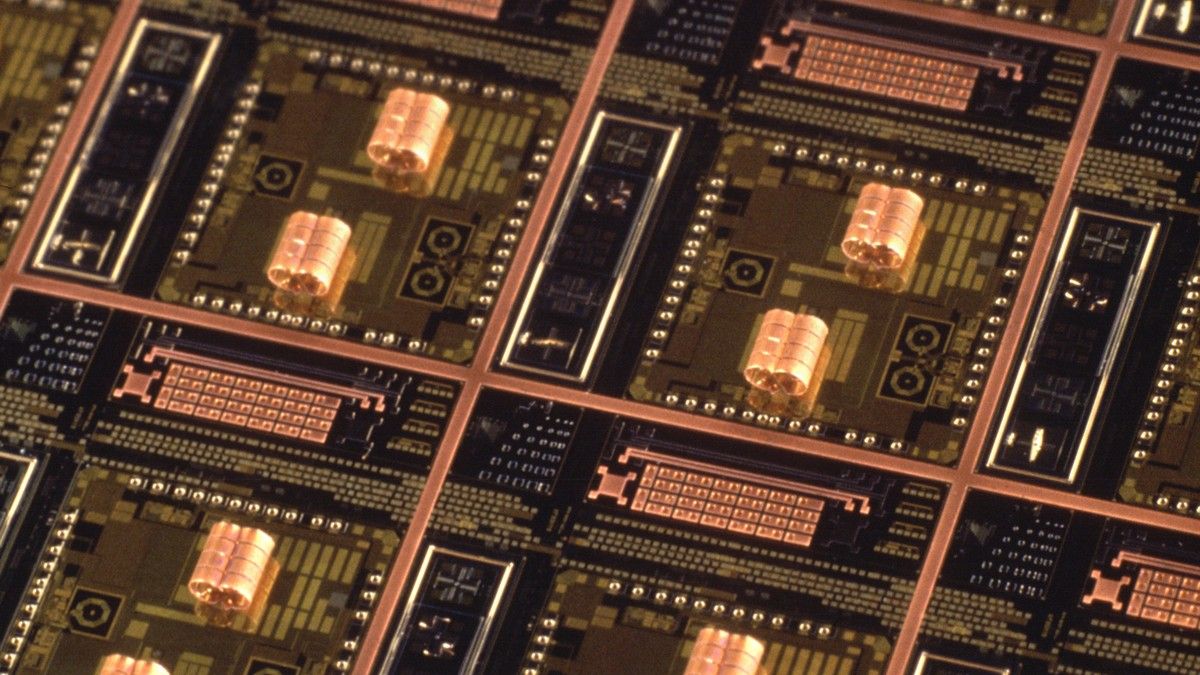

Sharing more research conducted on Quantum Bio’s Brain to Brain communications. For all my hardware/ device friends exploring their own futures in a QC world. This was resurfaced in Jan 2017; the report itself is still relevant. Quantum Bio truly will change our device markets, IoT, and medicine/ healthcare drastically. This will be where we truly see tech and bio as one.
Want to see real convergence of tech and bio meaning no more need for smart devices, improved immunology in humans to counteract proactively disease and illness, accelerate heal times from injuries, reverse aging, etc. then you need to definitely engage Quantum bio in your work and discoveries as many have seen its potential and making changes leveraging this technology.
What you do on the Internet is nobody’s business but yours. At ProxySite.com, we stand between your web use and anyone who tries to sneak a peek at it. Instead of connecting directly to a website, let us connect to the website and send it back to you, and no one will know where you’ve been. Big Brother (or other, less ominous snoops) won’t be able to look over your shoulder and spy on you to see what you’re reading, watching or saying.
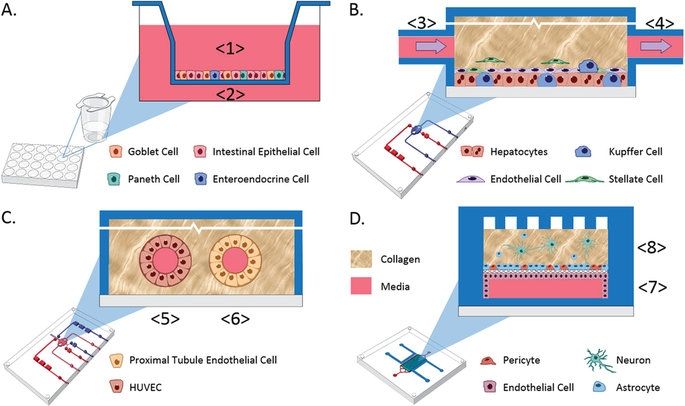
This is definitely a share that is interesting to many studying synthetic organs and their acceptance into the human body as well as the work occurring on Quantum biology as well.
The goal of in vitro and in vivo toxicity testing is to identify compounds that would predict adverse reactions in humans. Olson et al. found that only 70% of human toxicity was predicted from animal testing. Currently we rely on traditional toxicity testing in animals, a 1930’s methodology that is now challenged due to questionable relevance to human risk, high cost, ethical concerns, and throughput that is too limited for the nearly 80,000 industrial chemicals not yet tested for safety. Additionally, testing usually extrapolates acute, high dose animal results to chronic, low dose human exposures, thereby risking rejection or limiting the use of drugs, industrial chemicals or consumer products. Moreover, the ability of lab animal target organ toxicity to predict dose-limiting toxicity in the corresponding human organ varies widely, from a low of 30% for human cutaneous toxicity, to 50–60% for human hepatotoxicity, to a high of 90% for hematological drug toxicity. Animal drug efficacy models are also notoriously discordant. In an analysis of six drugs to treat head injury, hemorrhage, acute ischemic stroke, neonatal respiratory distress syndrome, and osteoporosis, it was found that efficacy was similar in animals and humans for three drugs but was dissimilar for another three. In oncology drug development, animal models often over-predict anti-tumor efficacy in humans3,4. Examples such as these highlight the need to continue research into methods that reduce the dependence on laboratory animals for toxicity testing of environmental chemicals, determine efficacy and toxicity in drug development, serve as a mimic of human diseases, and provide patient-specific guidance in the emerging field of precision medicine.
Recent advances in bioengineered materials, microfluidic technology, and the availability of human primary, immortalized, and induced pluripotent stem cell (iPSC)-derived cells are enabling development of human microphysiological systems (MPS), sometimes called “organs-on-a-chip” or “human-on-a-chip,” that use multiple organ-specific human cells to recapitulate many functional and structural properties of a human organ. It is now generally accepted and supported by data that cellular responses to drugs in most human organs are more accurately approximated in 3D cell cultures than in traditional static 2D cell cultures5,6. Microfluidic perfusion further improves model performance by providing a flow of nutrients and oxygen and the removal of waste products from the cell cultures. Physiologically relevant flow increases oxygen consumption, Krebs cycle activity and secretion of synthesized proteins, and decreases expression of the hypoxia HIF1 gene. Flow also improves the absorption and metabolism of compounds like benzo[a]pyrene6,8,9. The large number of recent publications reviewing organ MPS models indicates a high degree of interest by industrial and academic researchers, granting agencies and other stakeholders10,11,12,13. In addition to the stand-alone MPS, investigators are linking MPS to study organ-organ functional interactions, efficacy, PK and toxicology14,15,16,17,18.
An obvious approach to linking organs is direct coupling of the media stream outflow from one organ into the inflow of the next by use of tubing or a connecting channel. Some limitations to this approach include the requirement for a common medium, difficulty in reducing metabolic wastes to the next organ, organ-specific flow rates and adequate oxygenation of all modules in the system19. These requirements are most easily addressed when the linked organ modules are designed and developed at the same time and in the same laboratory, but even when the organ modules are co-developed, the proper scaling between organ modules is a significant design and calculation challenge. Although organ modules can be sized using allometric scaling20, the resulting functional capacity of the individual organ models may not scale the same.

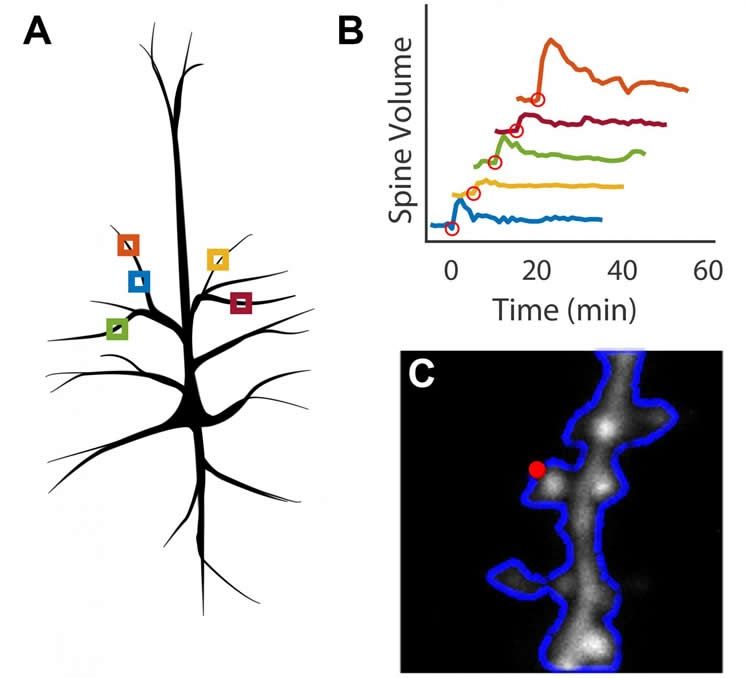
Nice.
Summary: Newly developed software allows researchers to study synaptic plasticity in dendritic spines.
Source: max planck florida institute for neuroscience.
Researchers at Max Planck Florida Institute for Neuroscience have developed new software to study synaptic plasticity in dendritic spines.
When humans and animals learn and form memories, the physical structures of their brain cells change. Specifically, small protrusions called dendritic spines, which receive signals from other neurons, can grow and change shape indefinitely in response to stimulation. Scientists at Max Planck Florida Institute for Neuroscience (MPFI) have observed this process, known as long-term structural plasticity, in individual spines, but doing so requires substantial time and effort. A new technique, developed by MPFI researchers, automates the process to make observing and quantifying this growth far more efficient. The open-source method is available to any scientist hoping to image plasticity as it happens in dendritic spines using Scanimage. The work was published in January 2016 in the Public Library of Science journal, PLOS ONE.
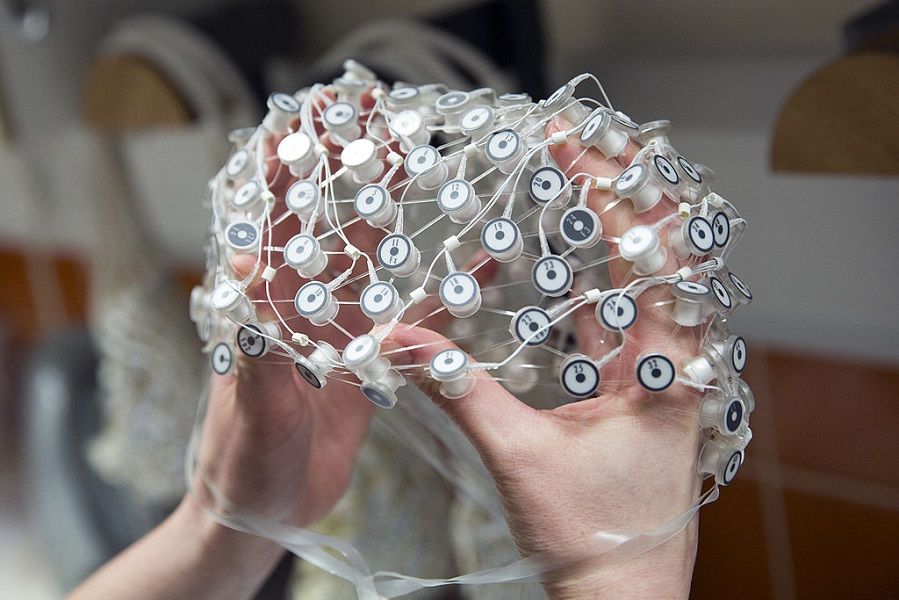
Researchers have found two different neural paths responsible for decision-making processes in humans, related to accuracy and speed. The results of this research could help scientists create better treatment for patients suffering from neurological disorders. ( Oli Scarff | Getty Images )
Two new mechanisms responsible for the balance between speed and accuracy in the humans’ decision-making process have been identified. Researchers have brought new insight on how quickly a decision can be made and on the amount of information necessary to make it.
The research, conducted by scientists from the Medical Research Council Brain Network Dynamics Unit at the University of Oxford, was published in the journal eLife, and it explains in greater detail a type of brain wiring that could be employed in treating neurological disorders, such as Parkinson’s disease.

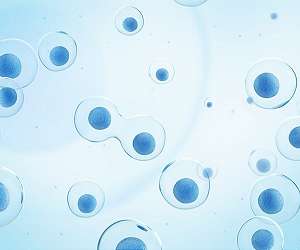
Sounds definitely like DARPA could be looking at a more seamless BMI type technology and yes, Quantum Bio and telepathy is involved.
For decades scientists have wondered whether electromagnetic waves might play a role in intra- and inter-cell signaling. Researchers have suggested since the 1960s, for example, that terahertz frequencies emanate from cell membranes, but they’ve lacked the technology and tools to conduct reproducible experiments that could prove whether electromagnetic waves constitute purposeful signals for biological function-or if they’re merely background noise.
With recent advances in technology and modeling, experiments may now be possible to test signaling hypotheses. DARPA’s RadioBio program, announced this week, seeks to establish if purposeful electromagnetic wave signaling between biological cells exists-and if evidence supports that it does, to determine what information is being transferred.
The validity of existing and new electromagnetic biosignaling claims requires an understanding of how the structure and function of microscopic, natural antennas are capable of generating and receiving information in a noisy spectral environment.
Quantum Cognition — recently published as a new field term for cognitive thinking.
Quantum cognition is an emerging field which applies the mathematical formalism of quantum theory to model cognitive phenomena such as information processing by the human brain, language, decision making, human memory, concepts and conceptual reasoning, human judgment, and perception. [1][2][3][4] The field clearly distinguishes itself from the quantum mind as it is not reliant on the hypothesis that there is something micro-physical quantum mechanical about the brain. Quantum cognition is based on the quantum-like paradigm[5][6] or generalized quantum paradigm [7] or quantum structure paradigm [8] that information processing by complex systems such as the brain, taking into account contextual dependence of information and probabilistic reasoning, can be mathematically described in the framework of quantum information and quantum probability theory.
Quantum cognition uses the mathematical formalism of quantum theory to inspire and formalize models of cognition that aim to be an advance over models based on traditional classical probability theory. The field focuses on modeling phenomena in cognitive science that have resisted traditional techniques or where traditional models seem to have reached a barrier (e.g., human memory [9]), and modeling preferences in decision theory that seem paradoxical from a traditional rational point of view (e.g., preference reversals [10]). Since the use of a quantum-theoretic framework is for modeling purposes, the identification of quantum structures in cognitive phenomena does not presuppose the existence of microscopic quantum processes in the human brain.
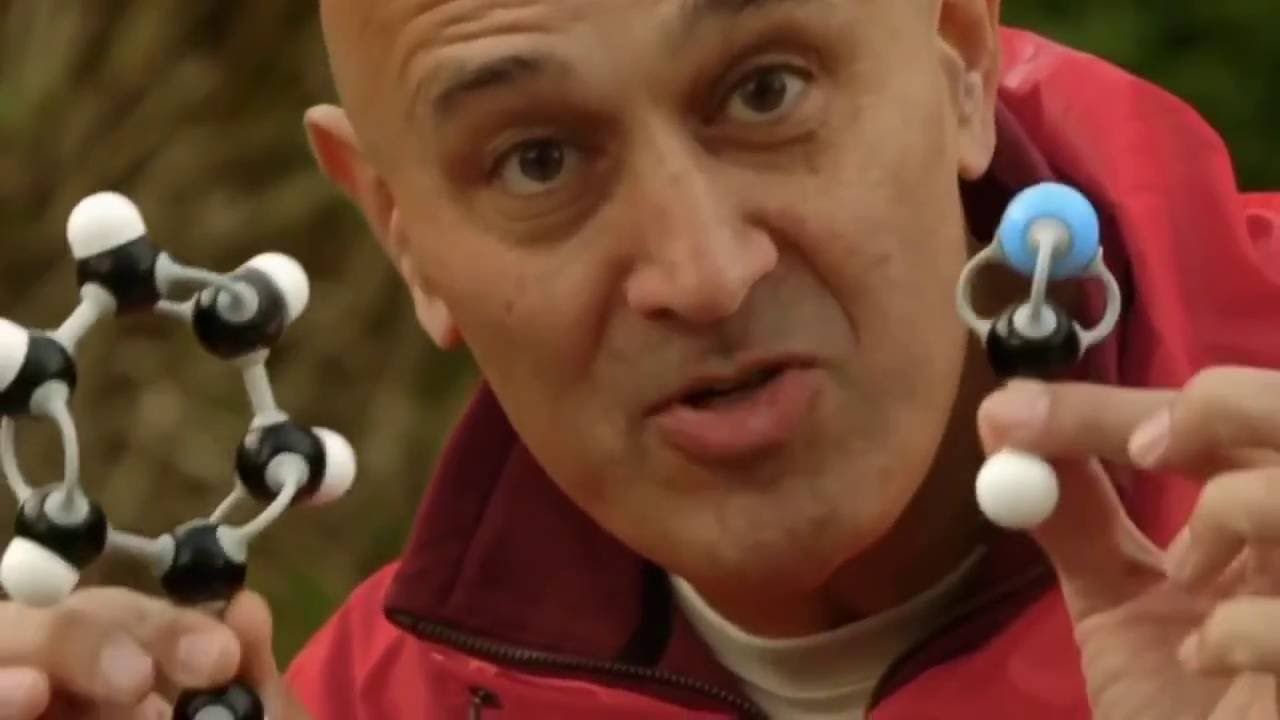
https://www.youtube.com/watch?v=oEZz68Cr0fI&feature=youtu.be
Many folks have seen by my posts on QC as QC is desperately needed for our technical and energy infrastructures we now need to expand our work on quantum bio as it will drastically reduce healthcare costs and mortality rates through an approach of the brain is able to heal the body itself. I know many (like myself) taking their QC knowledge & applying to medical research in Quantum Biology. Our focus is on multiple fronts including areas such as reverse aging, cell & gene technology, immunology, brain health, etc.
The AMAZING Secrets Of Quantum Physics.
————————————————-
Subscribe for more Amazing Documentary Films:
http://goo.gl/C90GGe
Please — Like, Comment. Subscribe to my channel to see more interesting videos.
Have Fun!